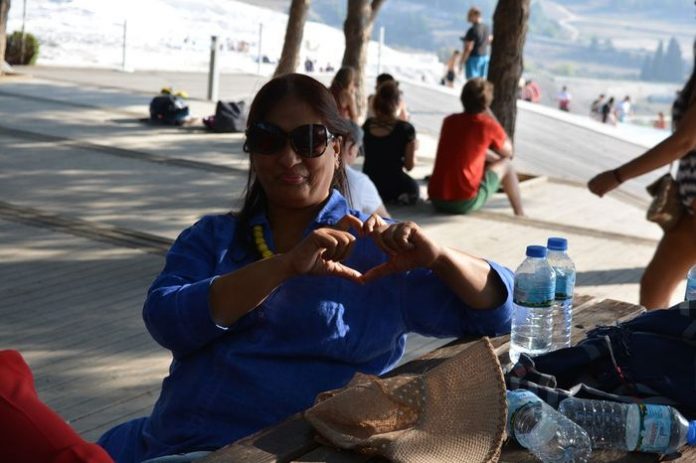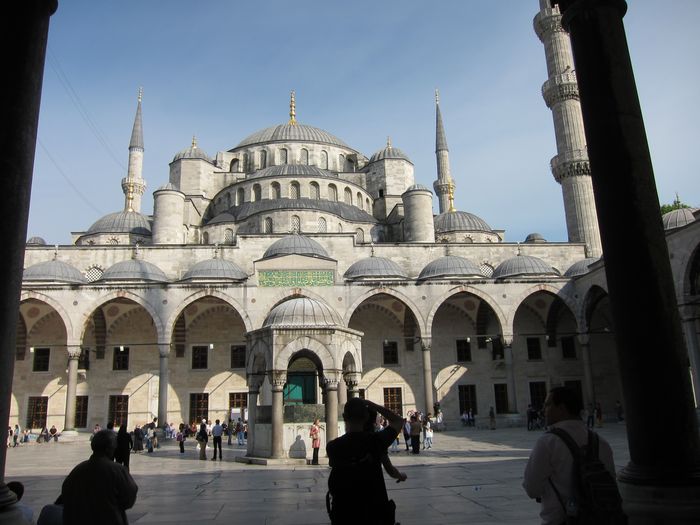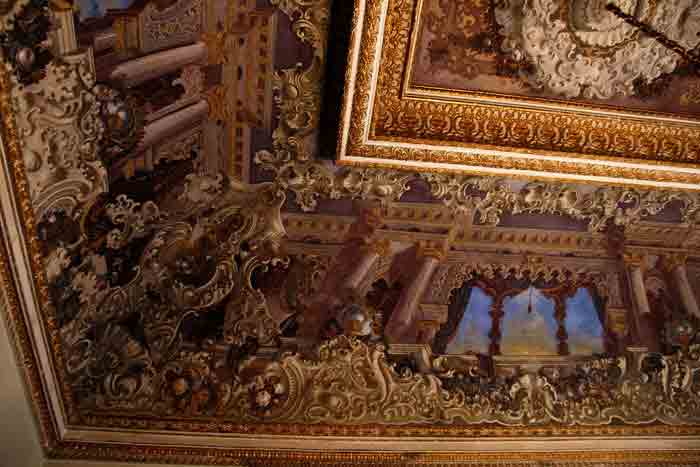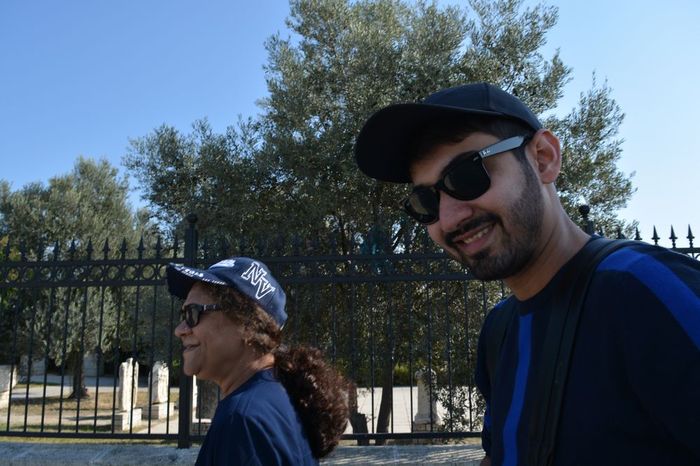Calligraphy The Dance of Pen and Ink
In a historical encounter, Sheikh Hamdullah meets Beyazid II, then the governor of Amasya, and is tasked with creating an original inscription for the Ottomans. Vanishing for forty days, Sheikh Hamdullah returns with the art of calligraphy, a dance of solid and ink.
Letters, emerging from a poet’s pen, transform into expressions of longing or love, edicts, or even reflections on death. These inscriptions traverse through centuries, conjuring memories and stories that endure.
Flowing from the calligrapher’s heart onto the awaiting pages, calligraphy transforms into a form of art. In the early Islamic periods, Arabic letters evolved from a primitive alphabet called “magili” to the “kufi” style originating from the city of Kufe. Kufi, initially used for Korans and hadiths, later became a decorative art form in Seljuk architecture.
The Yakut School
Yakut, a Turkish calligrapher from the 13th century Amasya, revolutionizes calligraphy by combining six alphabets into a visually superior and legible script known as “aklam al sitta” (six forms). This groundbreaking typescript laid the foundation for 58 script variations as documented in Tuhfe-i Hattatin Read More about Enchanting Sanliurfa.
Birth of Calligraphy
Yakut’s typescript continues to influence Ottoman calligraphy until the 15th century. Sheikh Hamdullah, Chief Calligrapher to Beyazid II Istanbul Private Tours, introduces a new script, earning him the title “The Kiblah of Inscription.” Under his influence, calligraphy transitions from a functional writing instrument to an artistic branch characterized by simplicity and aesthetics.
The popularity of this new art form prompts calligraphers to engage in friendly competition, with those surpassing Sheikh Hamdullah being dubbed “second sheikh,” “third sheikh,” and so on.








